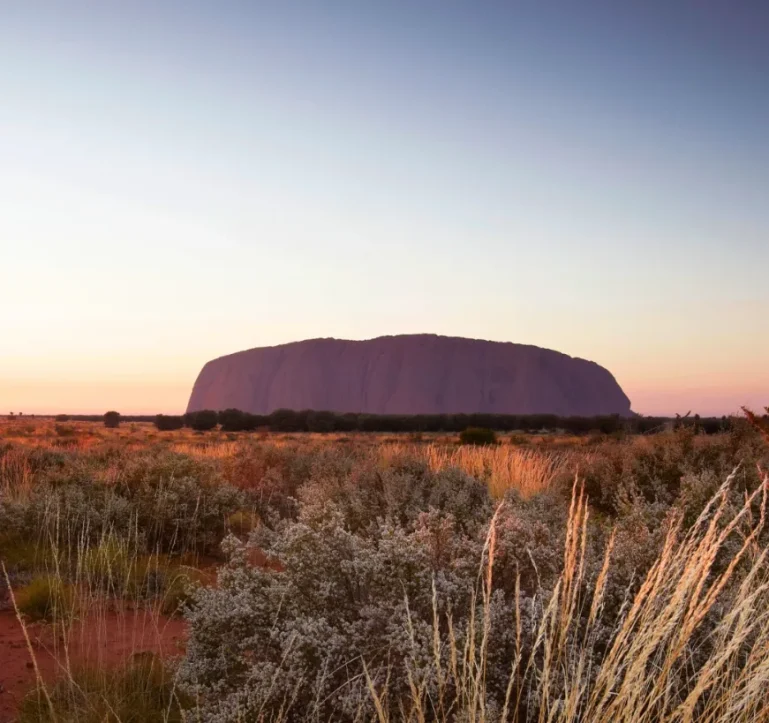
Imagine being taken through the soul of Australia, where the iconic Uluru is not only an amazing natural feature but a deep cultural and spiritual emblem. This article presents Aboriginal culture’s rich fabric and timeless landscapes in Uluru-Kata Tjuta National Park that make it important both to indigenous Anangu people and other tourists. Above being a striking view, Ayers Rock is called by its other name ‘Uluru’ and has great spiritual significance as well as hundreds of years of existence for Aborigines making them travel there (Cheshire 45).
Traditional Cultural Significance of Uluru
It has been noted that this monolithic sandstone rock is not just that, but also the creation stories and spiritual life nucleus for local aboriginal communities. The native population considers this large structure sacred thus symbolizing their connection to the land in general. Numerous traditional tales handed down through generations which are still in practice till date explain why Uluru is so significant to aboriginal culture today emphasizing upon its religious history preserved by Anangu—those who have been living here since time immemorial. It is both because of the immense size of the massif as well as its aesthetic features that make it serve as an educational hub, spiritually enlightening Aboriginal persons.
Importance of Uluru to Aboriginal People
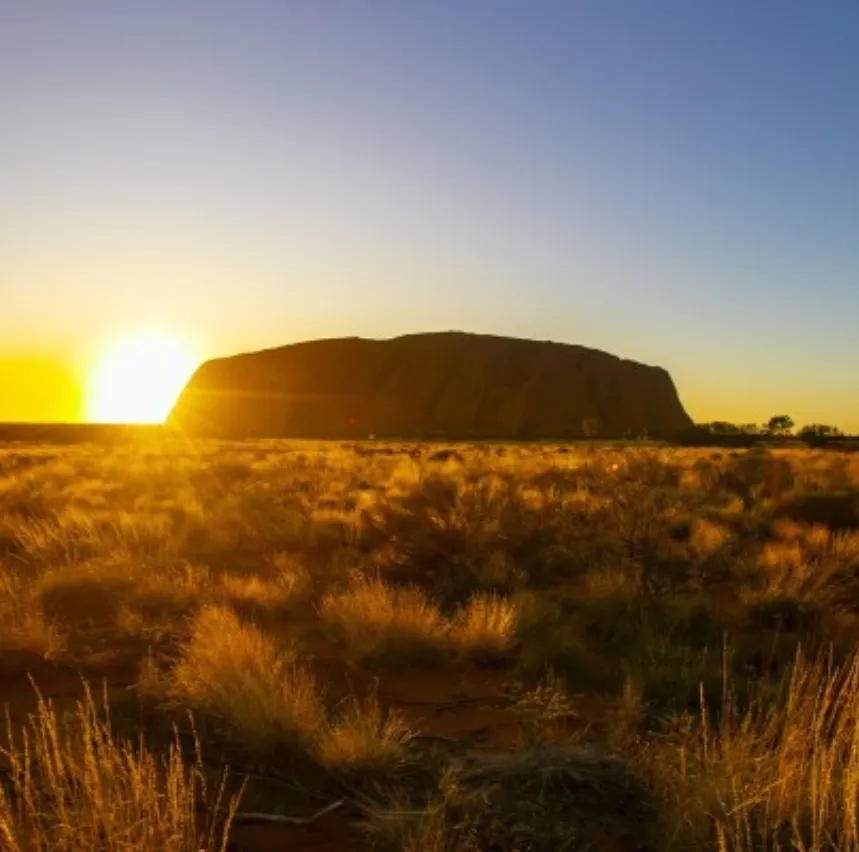
The Aborigines perceive Uluru’s significance differently from its tourism value. Here, they see their culture come into play on top of everything else about them including heritage. In addition, they have lived around this area for thousands of years with Uluru being at the centre stage of their rituals and beliefs (Cheshire 55). This bond can be seen from the rock art sites scattered along its base telling divinely inspired tales about ancestors and how this land was created. These painting do not merely add flavor, they tell much more than that; they enable us see how sophisticated and deeply religious the indigenous people were.
Respect for Indigenous Cultures and the Land
Indigenous cultures must be respected by acknowledging their history but also through actively supporting their rights, heritage preservation and protection. There are guidelines for visitors going to Uluru, which include avoiding cultural sites that are considered sacred by Anangu and following their traditional laws. In this case, respect is a vital factor when visiting Uluru as it ensures that tourism does not conflict with cultural values or natural environment of the place (Cheshire 85). Park management between the Anangu and park authorities in Uluru-Kata Tjuta National Park is an example of how indigenous rights can work alongside conservation efforts to safeguard both cultural and natural assets.
Exploring spiritual significance of Uluru requires seeing it in the wider context of its landscape. The national park includes not only Ayers Rock itself but also Kata Tjuta’s dome-shaped rocks which are equally important for local aboriginals. These geological wonders together with its nearby arid plains as well as lush desert vegetation create a unique ecosystem where culture and nature coexist harmoniously (Cheshire 110). Within this reserve, some forms of activities let tourists enter into this ancient world such as guided walks led by Aboriginal guides or stargazing trips featuring explanations about various constellations’ meanings from indigenes.
Planning Your Trip to Uluru-Kata Tjuta National Park
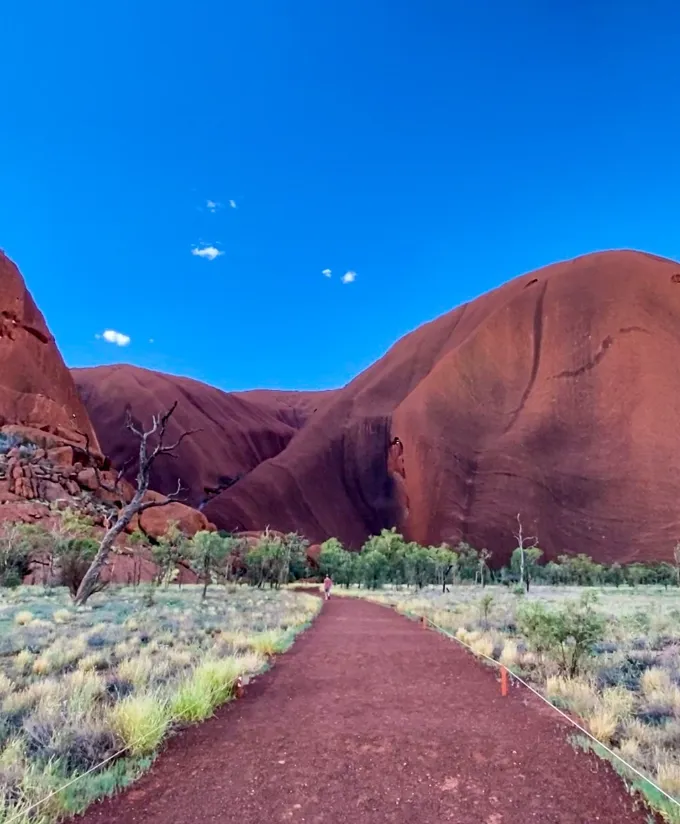
One must be well prepared when visiting Uluru-Kata Tjuta National Park. In order to fully appreciate its natural wonders and cultural heritage, it is necessary for one to learn about the park’s past and Anangu culture. Well-awareness of the holiness of the site and the way of life of her inhabitants will make a visit more than an excursion.
Researching About the Area and Its History
It is good to know about the history, as well as cultural importance of this area before coming to Uluru. Understanding Aboriginal people’s creation stories, traditional use practices and contemporary cooperation in parks’ management can provide deeper insights into this visitation experience. There are resources at cultural centers within the park like Cultural Centre that have educational displays and talks by Aboriginal people.
Choosing The Right Time To Visit
The time at which you visit Uluru affects your experience greatly. Central Australia has a harsh climate with hot summers and cold winters. It is best visited during autumn or spring when weather is milder, colours of desert sands are brighter on dunes etc… Also, these times allow for comfortable engagement in outdoor activities such as cultural programs.
Booking Accommodations
Accommodations around Uluru range from luxury hotels to camping sites catering for diverse preferences and budgets. Ayers Rock resort just outside the park has various types of lodging facilities with guest activities such as cultural experiences or natural explorations organized by them. It is advised that you book ahead especially during peak tourist seasons so that you get whichever accommodation options you want plus any activities or Uluru tours.
Table: Accommodation Options at Ayers Rock Resort
| Type of Accommodation | Features | Price Range |
|---|---|---|
| Luxury Hotel | Full services, premium amenities | High |
| Mid-range Hotel | Comfortable, good value | Medium |
| Budget Hotel | Basic facilities, economical | Low |
| Camping Site | Bring your own gear, close to nature | Very Low |
This table provides a quick overview of the various types of accommodations available at Ayers Rock Resort, helping visitors make informed decisions based on their comfort preferences and budget.
This table gives a quick review of different accommodations available at Ayers Rock Resort for an informed choice based on their comfort and budget.
Preparing For Your Outback Adventure
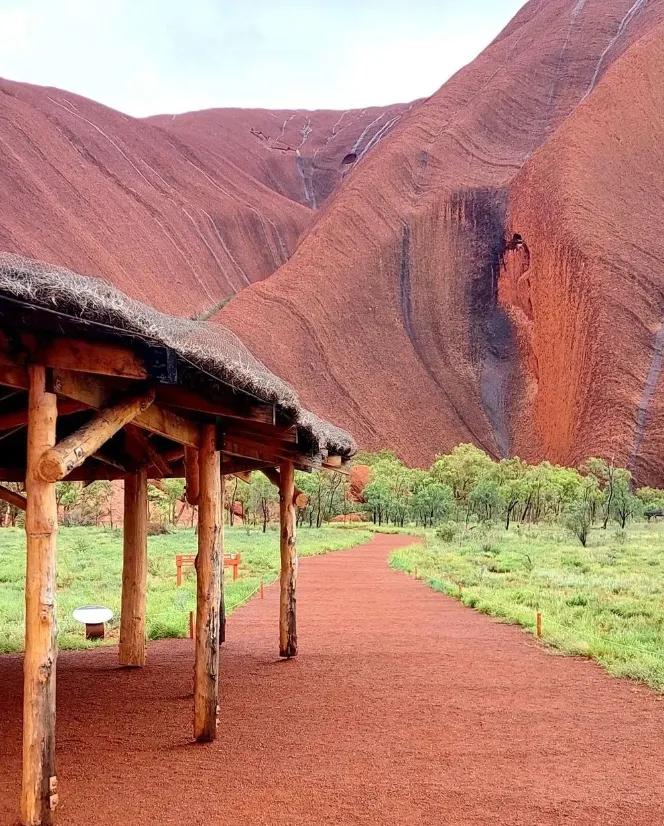
For a fulfilling and safe trip to Uluru-Kata Tjuta National Park, adequate preparation is key. This area of Central Australia with its desert plains and rugged sand hills requires special arrangements to handle the challenging environment. The need to have a wide range of clothes that can accommodate changing temperature extremes such as going from hot afternoons to freezing nights cannot be overemphasized not forgetting protective gear from intense sunlight like shades, hats and high-SPF sunscreens.
Essential Packing Tips
When packing for a visit to Uluru, it’s important to consider the activities planned during the time of year. Comfortable but lightweight clothing that offers protection against the sun should also be packed as well as good hiking boots suitable for walking around Uluru and Kata Tjuta trails. Don’t forget to have with you a high-quality camera for taking beautiful landscapes or amazing sunsets plus extra batteries because recharging options are limited especially when camping in the area.
Health And Safety Considerations
Health and safety should be given first priority when visiting Uluru and other remote areas. It is crucial to have a well-stocked first aid-kit, enough water that is at least one liter for every hour of hiking to prevent dehydration, as well as some simple snacks with energy. Hikers must also know their limits so that they will not hike during the hottest part of the day – often late morning through early afternoon. Furthermore, it would be nice if you could let someone know where you are going and come back later especially if it’s something that’s going to take longer like the greater walks.
Exploring The Park
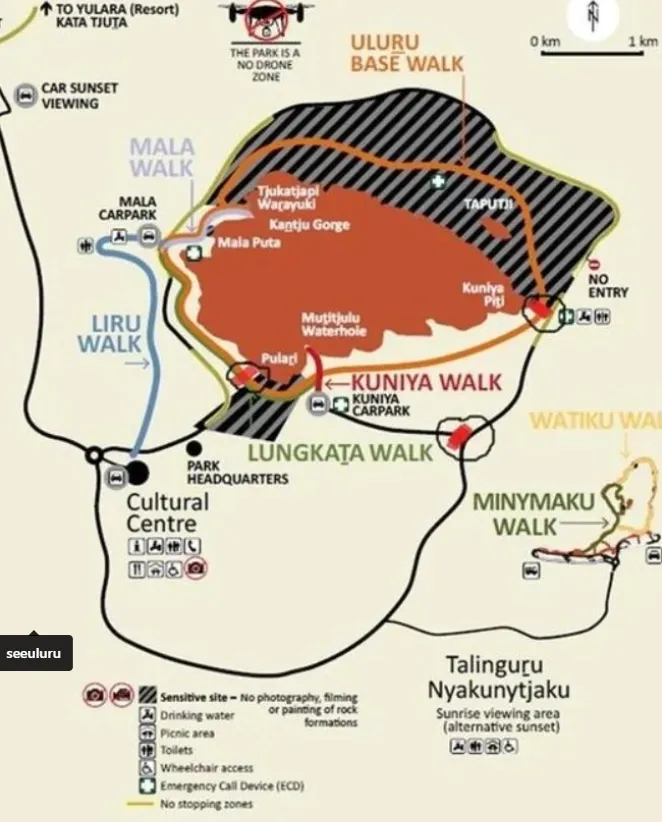
Exploring Uluru-Kata Tjuta National Park provides an opportunity to learn about the natural and cultural history of the Park which can be done either guided or self-guided. The park has got good pathways and walkways which allow people to get into key sites easily including sunrise and sunset viewing platforms with stunning views over Uluru and Kata Tjuta. During these times there is magnificent light in addition to cooler temperatures which makes it great for hiking around also taking pictures.
Guided Tours Vs Self-Guided Exploration
There are guided tours where experienced guides give visitors insights on various issues concerning the rock formations in terms of scientific explanations on their formation or myths existing within traditional Aboriginal storylines of Dreamtime such as how Ayers Rock was formed however; there are self-guided explorations allowing more personalized adventures. Frequently these tours can be booked through different operators within the park who usually provide transport, meals sometimes accommodation too.
Experience The Magic Of Sunrises And Sunsets
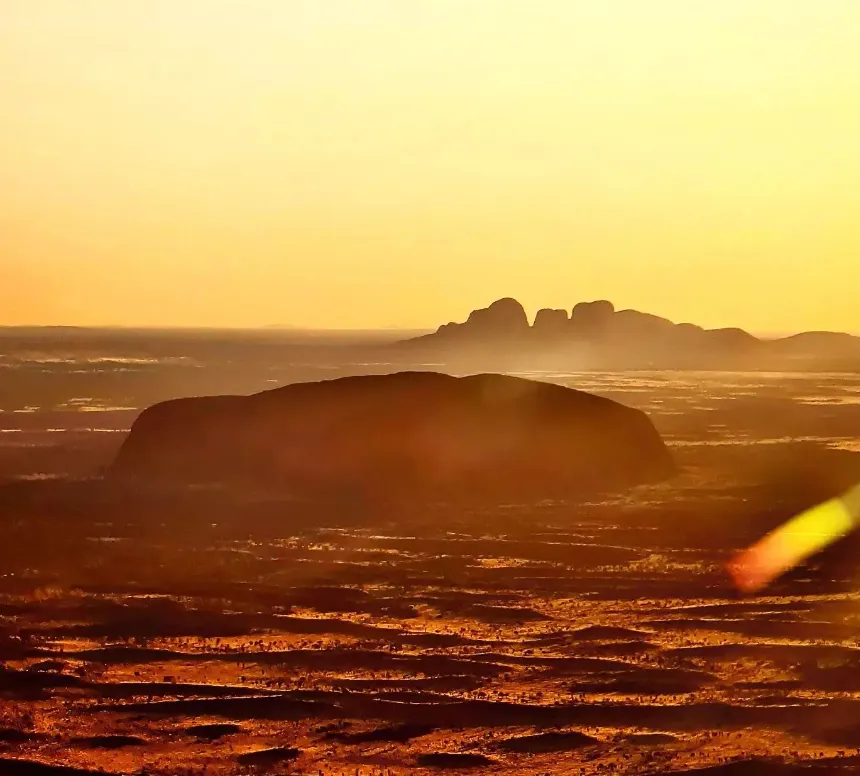
The sunrises and sunsets at Uluru-Kata Tjuta National Park are incredible sights because at those times both structures change color dramatically making them appear magical. These are times that offer a visitor an opportunity to observe the rock formations as they change color from deep purple changing to bright red and finally orange depending on the position of the sun; and this makes them fascinating places. In fact, these transformations are usually observed by many photographers and nature enthusiasts alike.
Learning About The Traditional Owners
The Cultural Centre is a world of its own where Aboriginals can also find out more about their history, spiritual life, and issues that face them today through exhibitions and talks given by their own people. Here, visitors can learn directly from the Anangu community who will tell you more about their relationship with the land.
Listening To Aboriginal Stories At Bush Yarns
These yarns are done in a very informal way but full of meaningful information shared through tales relating to our culture, history, as well as lands. These stories are told orally by Anangu people only and provide the best way for any person to have an idea on how important Uluru really is in terms of spirituality within this geographical realm.
Exploring Through Art And Dance
Art and dance play an important role in preserving Aboriginal culture. Visitors can take part in sessions where traditional painting techniques are taught or watch live performances depicting indigenous dances that use intricate movements and flamboyant costumes to narrate stories. These experiences not only entertain but also teach us about Aboriginal life.
Hiking The Valley Of The Winds
The Valley of the Winds hike is a challenging walk that rewards hikers with breathtaking views over Kata Tjuta domed rocks provided by a number of lookout points along its way. The trail is well maintained however it may be demanding thus suitable primarily for physically fit individuals.
Discovering Walpa Gorge
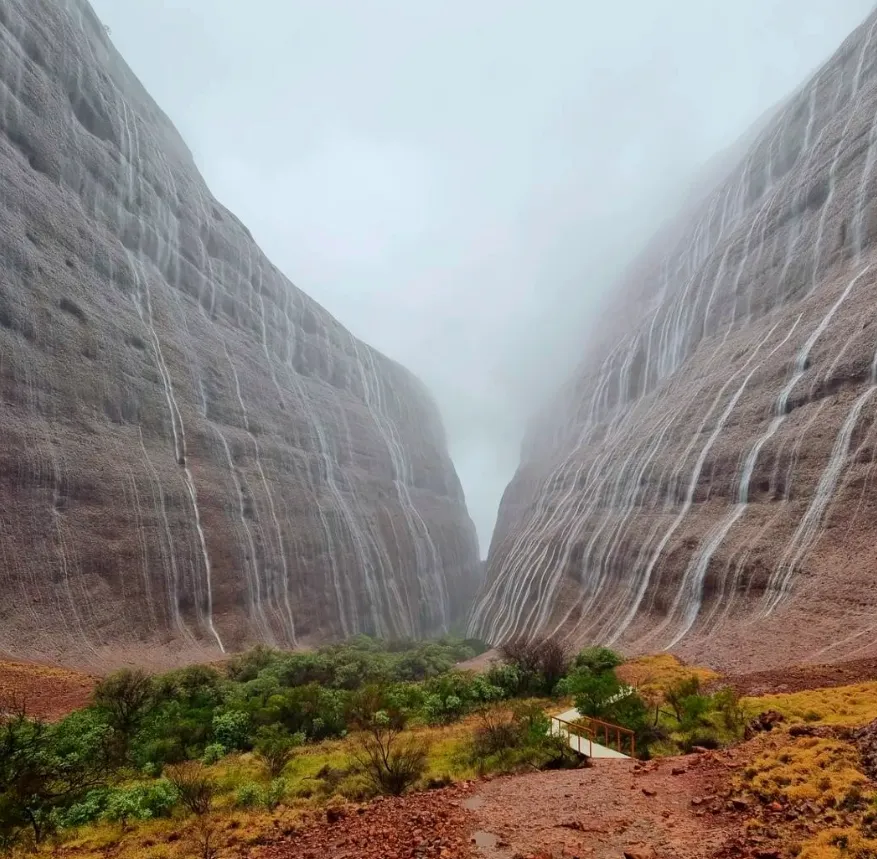
Walpa Gorge, on the other hand, is a more gentle alternative to Valley of the Winds. When you walk along this path, you can find yourself in a beautiful oasis amid the surrounding sandy desert. Most people find it possible to undertake fitness exercises at the end of which someone can take time off in order to go for morning outing through the wild.
Conclusion
Summing up things, Uluru-Kata Tjuta National Park is not just about traveling; it represents a living cultural landscape where one can gain deep insights into Aboriginal heritage and spirituality. This park stands as a constant reminder that Anangu shares spiritual significance with their land as well as tradition and respect towards their territory. Once they leave this place, tourists carry home not only photographs but also stories and knowledge about Australia’s indigenous cultures.
FAQs
What are some of the best cultural activities I could participate at Uluru?
It is advisable that one takes part in guided cultural tours since there will get an opportunity to be involved in Aboriginal art and dance workshops while Bush Yarns sessions have been highly recommended.
Can I visit Uluru without a tour guide?
Visitors are allowed to take self-guided walks around Uluru and its surroundings although guided tours offer additional information concerning cultural importance of these sites.
What should I pack for a day hike around Uluru?
These items include water bottle, sunscreen or hat, foodstuff like snacks, camera plus hiking shoes. Additionally, it will be good if someone has with him or her map and first aid kit containing bandages among others.
How do I show respect for local culture whilst visiting Uluru?
The visitors need to respect park rules and avoid climbing sacred places. They should also engage in educational activities designed for learning local customs as well as history.
Is photography restricted within the park?
One is allowed to take pictures at most places, however, sensitive areas have restrictions as the privacy of the indigenous communities is taken into consideration. Always refer to local signs or inquire from a park ranger if unsure.